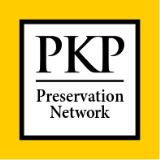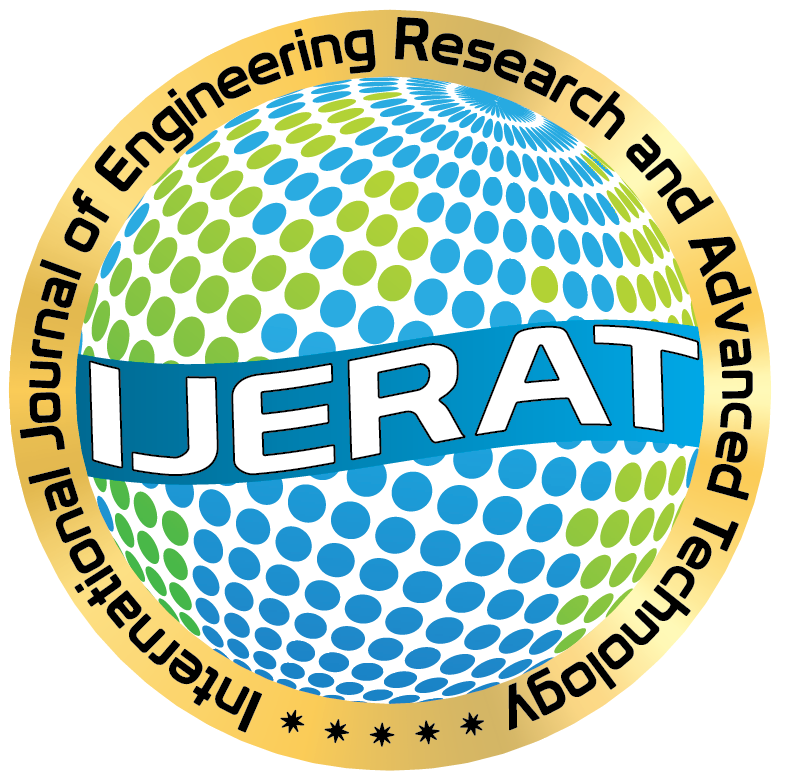The Lean Manufacturing Design For Improving Production Scheduling Using Product Wheel Method in Chemical Manufacturing Company, Indonesia
DOI:
https://doi.org/10.31695/IJERAT.2020.3623Keywords:
Production planning, Scheduling, Product wheelAbstract
The current production scheduling policy at PT XYZ raises several problems, including the long production lead time for each product, unbalanced inventory between products, and the unavailability of goods requested by customers. Therefore, this research will focus on designing production scheduling improvements at PT XYZ in order to be able to overcome current problems. The product wheel method was chosen to be a proposal to improve production scheduling at PT. XYZ Based on the calculation of Economic Production Quantity (EPQ), the product wheel's production schedule is made into three cycles in which every cycle runs for two days. Cycle 1 produces Tonsil C 1000 by 200 tons, Tonsil B 1000 150 tons, Tonsil A 1000, and Tonsil B Cylo as much as 50 tons each. Cycle 2 produces Tonsil C 1000 for 200 tons, Tonsil B 1000 150 tons, Tonsil A 1000 100 tons, and Tonsil B Cylo for 50 tons. Cycle 3 produces 200 tons of Tonsil C 1000, Tonsil B 1000, Tonsil A 1000, Tonsil B Cylo, Tonsil C 25, and Tonsil B 25, each with 50 tons. Because Tonsil C 25 and Tonsil B 25 are MTO products, they do not always have to be produced when cycle three spins. By scheduling production using the product wheel, we get a more dynamic production schedule than the production scheduling at PT. The previous XYZ was due to product wheel scheduling, the quantity produced, and the production sequence was made based on customer demand so that it was expected that production could run effectively and efficiently.
References
Adianto, Et Al. 2012. Production Planning and Raw Material Control at PT X for TP-500 Products. Jakarta: PASTI Mercubuana Scientific Journal.
Baroto, T. 2002. Planning and Control of First Mold Production. Jakarta: Ghalia Indonesia.
Haekal, J. and Setio, H., 2017. Selection of Raw Material Suppliers Using Analytical Hierarchy Process in Food and Beverage Company, South Jakarta. ComTech: Computer, Mathematics and Engineering Applications, 8(2), pp.63-68.
Camelia, A.F. 2016. Application of Sequencing Methods in Digital Camera Service Case Study at MOR − C Photography Bandung. Bandung: Journal of Business Administration FISIP - Unpar.
Florian, S, Gerd, J.H. 2018. Dynamic Lot Sizing In Biopharmaceutical Manufacturing. Germany: International Journal Of Production Economics
Ilhamsah, Et Al. 2016. Production Scheduling Planning Minimizes Total Weighted Tardiness Using Genetic Algorithms. Lombok: National Seminar on Machinery and Industry (SNMI XI) 2017.
King, L.P, King, J.S. 2013. The Product Wheel Handbook. New York: CRC Press.
Kholil, M, Et Al. 2015. Scheduling Beef Production Using the CDS Method and Palmer Heuristics. Jakarta: IENACO National Seminar.
Lu, C.C, Et Al. 2014. Minimizing Worst-Case Regret of Makespan on A Single Machine With Uncertain Processing And Setup Times. Taiwan: Applied Soft Computing
Rewers, P. Et Al. 2019. Increasing The Efficiency Of The Production Process By Production Levelling. Poland: Management and Production Engineering Review
Supriyadi & Riskiyadi. 2016. Scheduling IKS-Filler Production in Ground Calcium Carbonate Process Using MPS Method in Paper Companies. Jakarta: Journal of Synergy
Sofyan, D.K. 2013. Production Planning and Control First Edition. Yogyakarta: Graha Science.
Sinulingga, S. 2013. Production Planning and Control First Edition. Yogyakarta: Graha Science.
Trattner, A.L, Et Al. 2018. Product Wheels for Scheduling in the Baking Industry: A Case Study. Denmark: International Journal of Production Management and Engineering
Wignjosoebroto, S. 2006. Introduction to Industrial Engineering and Management. Surabaya: For Widya
Wilson, S, & Ali, N. 2014. Product Wheels To Achieve Mix Flexibility In Process Industries. Arima: Journal of Manufacturing Technology Management.
Downloads
Published
Issue
Section
License
Copyright (c) 2020 Muhammad Kholil, Jakfat haekal, Dian Eko Adi Prasetio, Sulaiman Hasan

This work is licensed under a Creative Commons Attribution 4.0 International License.









